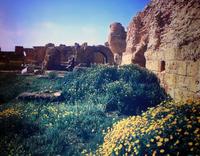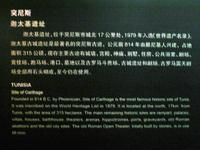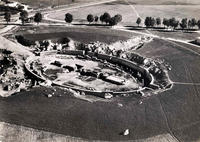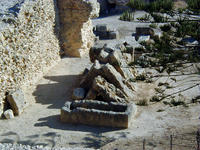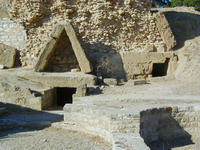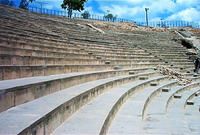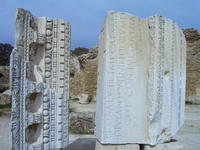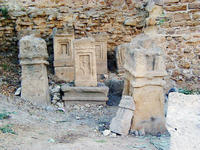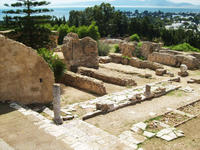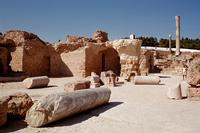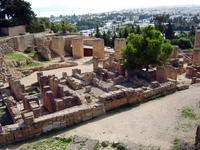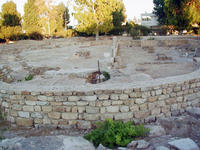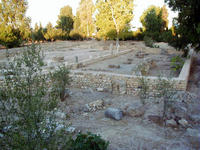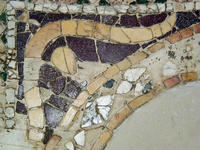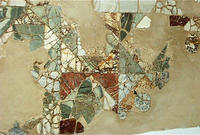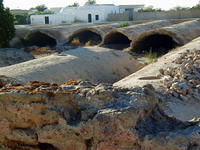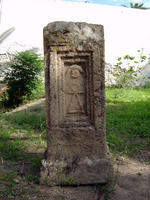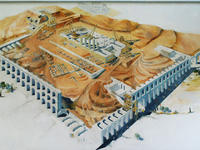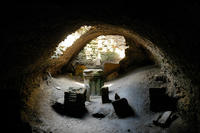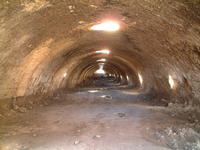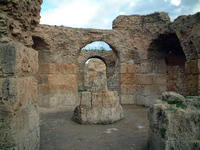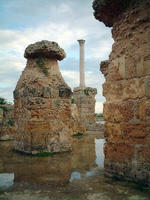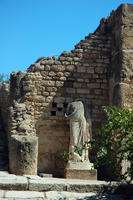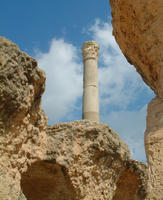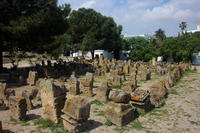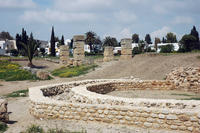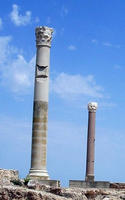You are in: Africa -> Tunisia -> Site of Carthage, and traditional search or Image Gallery will yield results of this site only
Site of Carthage
| Site number: | 37 |
|
| Type of site: | Cultural | |
| Date: | 9th century BC | |
| Date of Inscription: | 1979 | |
| Location: | Africa, Tunisia, District of Tunis | |
Up to 75 images are shown here. Click on each for more details or on Image Gallery for more images.
| Description: | Carthage was founded on the Gulf of Tunis in the 9th century B.C. As of the 6th century, it progressed into a great trading empire that extended throughout much of the Mediterranean and was the domicile of a virtuoso civilization. Throughout the lengthy Punic wars, Carthage conquered territories owned by Rome; which got its revenge in 146 B.C as it finally destroyed its rival. Hence a second – Roman – Carthage was then instituted on top of the ruins of the first. --WHMNet paraphrase from the description at WHC Site, where additional information is available. | |
| Carthage (Greek: Καρχηδών: Karkhēdōn, Latin: Carthago, from the Phoenician קרת חדשת Qart-ḥadašt meaning new town; Arabic: قرطاج also قرطاجة Qarṭāǧ(a)) refers both to an ancient city in Tunisia and to the civilization that developed within the city's sphere of influence. The city of Carthage is located on the eastern side of Lake Tunis across from the center of Tunis. Originally founded by Phoenician colonists under the leadership of Elissa, Queen Dido, Carthage became a large and rich city and thus a major power of the Mediterranean until her destruction in the Third Punic War in 146 BC. Although the center of the Punic culture was destroyed, it continued in Roman times. Rome also refounded Carthage, becoming one of the three most important cities of the Empire, a position that would last until the Muslim conquest when it was destroyed a second time in 698. Today Carthage is being resettled as a suburb of Tunis. --Wikipedia. Text is available under the Creative Commons Attribution-ShareAlike License. | ||
| Source: | http://whc.unesco.org/en/list/37 | |
| Source2: | http://whc.unesco.org/en/list/37/video | |
| Reference: | 1. UNESCO World Heritage Center, Site Page. | |


